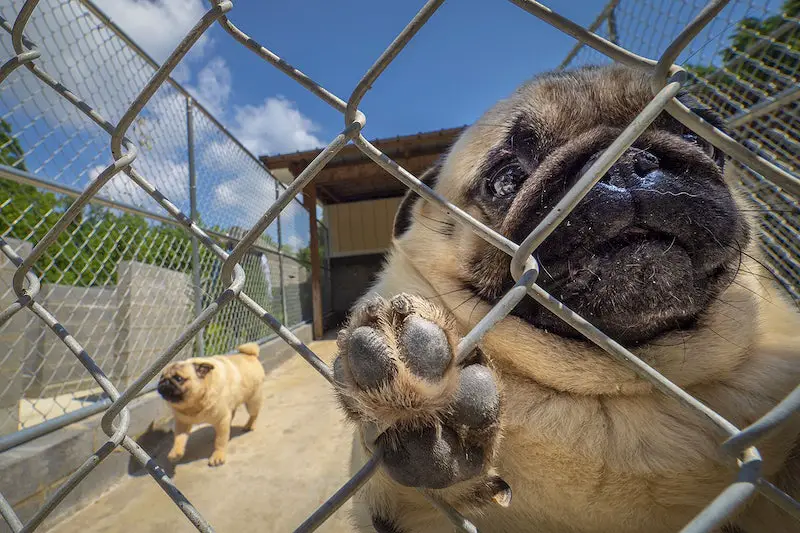Pugs, with their distinctive wrinkled faces and charming personalities, make wonderful companions. However, like any breed, Pugs come with their unique set of behaviors. Understanding these traits is key to fostering a harmonious relationship with your four-legged friend. Let’s delve into the common Pug behaviors and explore effective ways to work with them.
1. Playful and Energetic
Pugs are known for their playful and energetic nature. They love engaging in games and activities, making them great companions for families and individuals alike. To work with their playful energy, incorporate daily play sessions and interactive toys into their routine. This not only satisfies their need for activity but also strengthens the bond between you and your Pug.
2. Social Butterflies
Pugs are social animals that thrive on human companionship. They love being part of the family and may suffer from separation anxiety if left alone for extended periods. To address this, ensure your Pug gets plenty of social interaction, and consider having a companion for them if your schedule requires you to be away frequently.
3. Stubborn Streak
Pugs, while affectionate, can also be a bit stubborn. This trait can pose a challenge during training sessions. The key is to be patient and use positive reinforcement. Reward good behavior with treats and praise, and avoid harsh discipline. Consistency is crucial in overcoming their stubborn streak.
4. Attention Seekers
Pugs are notorious attention seekers. They love being the center of your world and may resort to charming antics to get your focus. While this behavior is endearing, it’s essential to establish boundaries. Reward good behavior with attention, but avoid reinforcing undesirable behavior. This helps maintain a balanced and well-behaved Pug.
5. Snorting and Snoring
Due to their unique facial structure, Pugs are prone to snorting and snoring. While this is a normal part of their anatomy, it’s important to monitor their breathing, especially during exercise. Avoid strenuous activities during hot weather, and provide a cool, well-ventilated space for them to rest.
6. Affectionate Cuddlers
Pugs are renowned for their love of cuddling. They seek physical closeness and are happiest when curled up next to you. Embrace this affectionate trait by spending quality time together. Cuddling not only fulfills their need for warmth but also strengthens the bond between you and your Pug.
7. Gourmet Appetites
Pugs have a love for food, and their charming expressions may convince you to share your meals. Be cautious with their diet to prevent obesity, a common issue in the breed. Provide a balanced, nutritious diet, and resist the temptation to overindulge their culinary desires.
8. Regular Grooming
Their short coat requires minimal grooming, but Pugs are prone to shedding. Regular brushing helps keep their coat healthy and reduces loose hair around the house. Additionally, pay attention to their facial wrinkles, cleaning them regularly to prevent irritation.
9. Health Monitoring
Stay vigilant about your Pug’s health, as they can be prone to certain conditions such as obesity, respiratory issues, and eye problems. Regular vet check-ups and a healthy lifestyle contribute to a happy and thriving Pug.
10. Celebrate Individuality
Ultimately, every Pug is an individual with its own personality. Celebrate their quirks and uniqueness, and tailor your approach to their specific needs. Understanding and embracing their individuality is key to a fulfilling relationship with your Pug companion.
In conclusion, comprehending and working with Pug behavior traits is essential for a happy and balanced coexistence. By acknowledging their playfulness, social nature, and unique characteristics, you can create an environment that caters to their needs and strengthens the bond between you and your Pug.


Leave a Comment